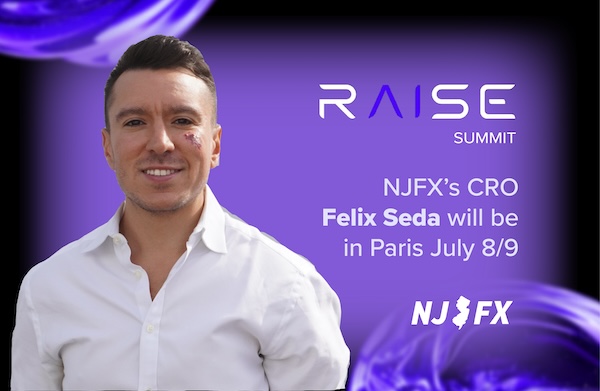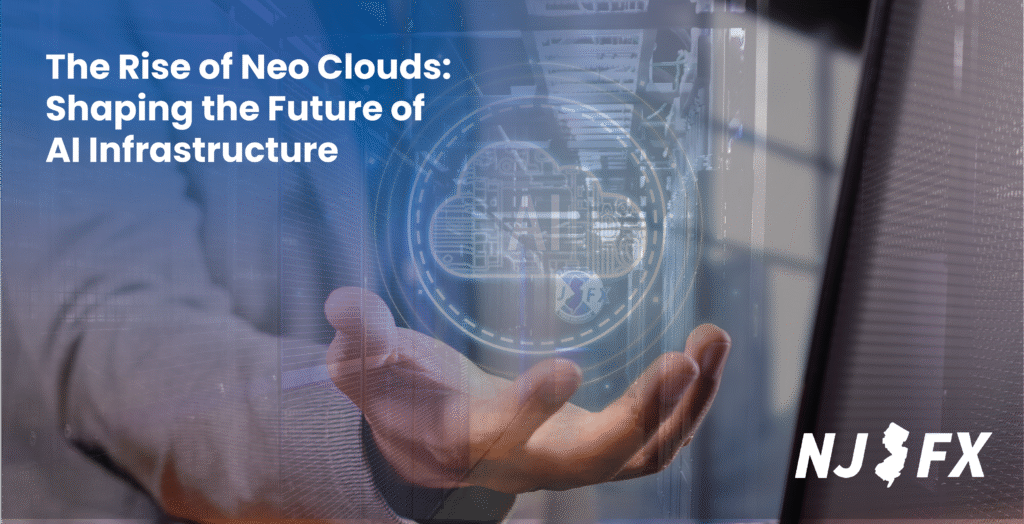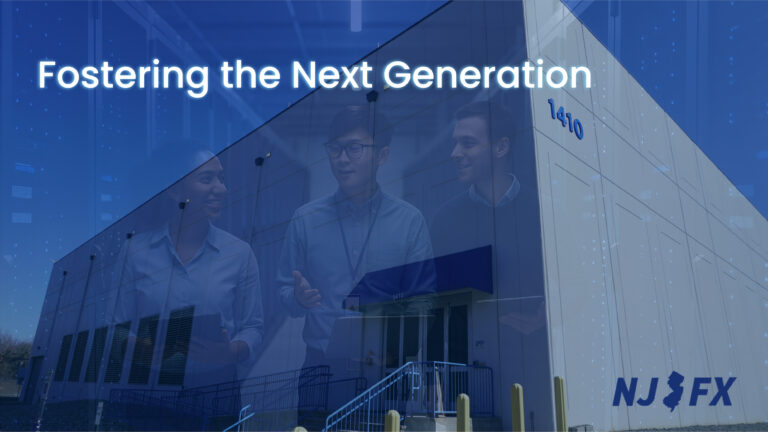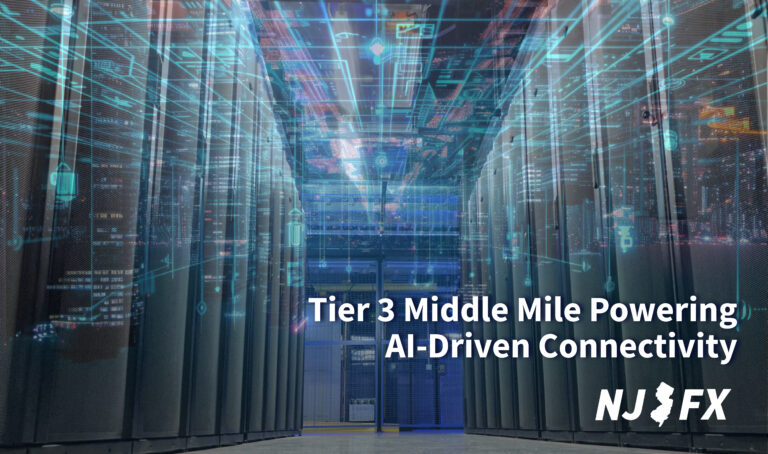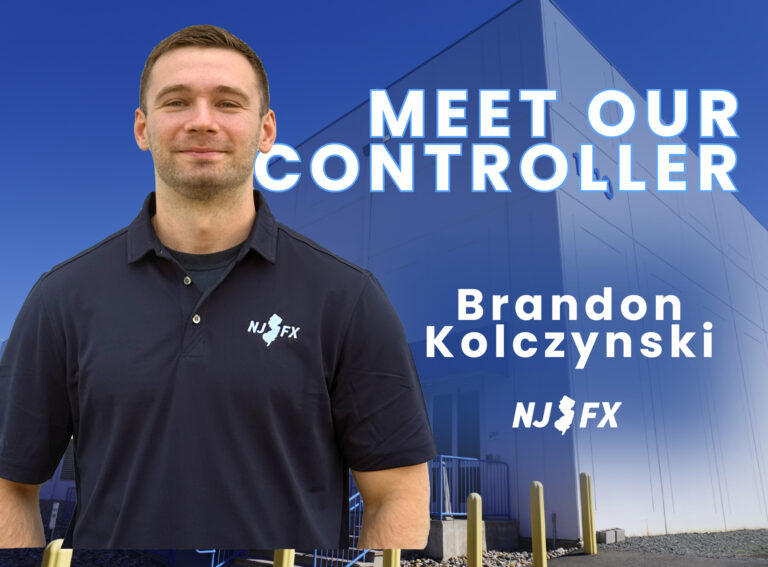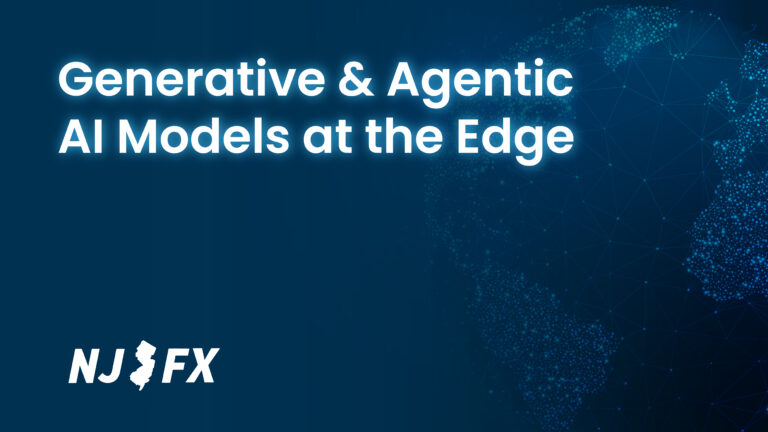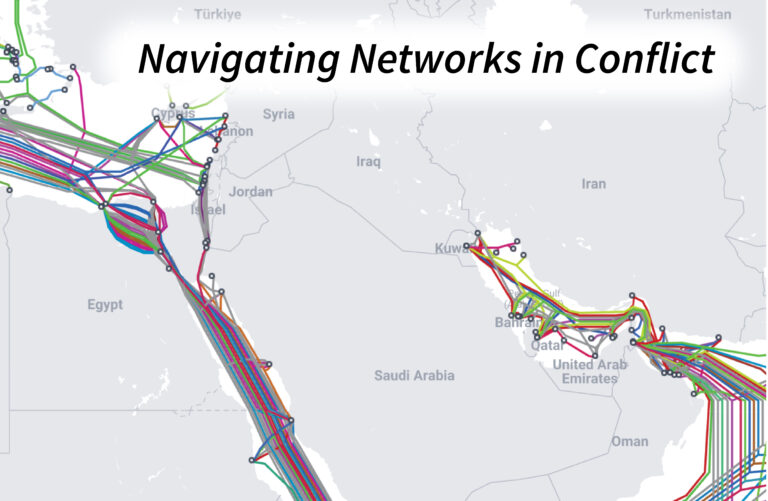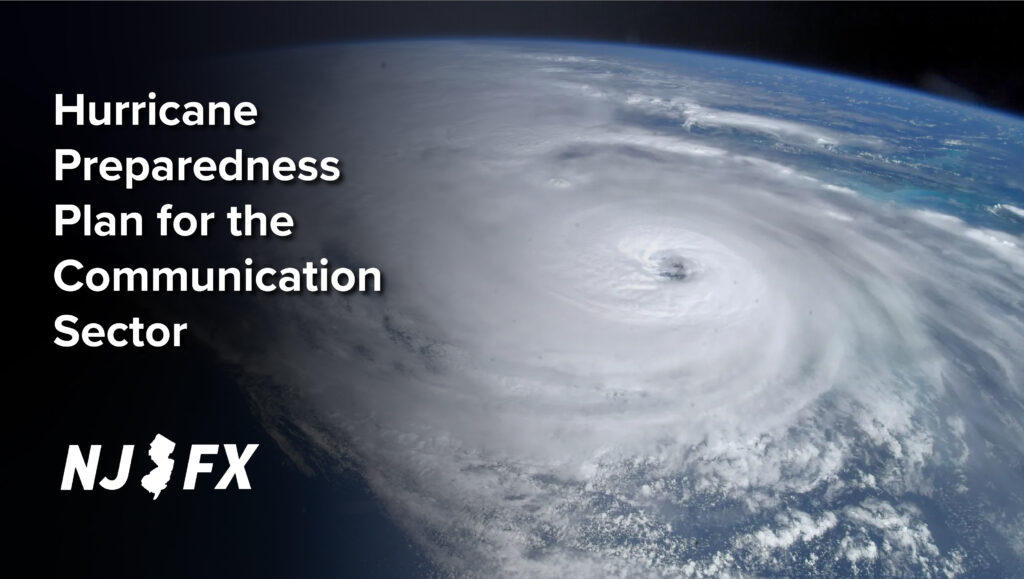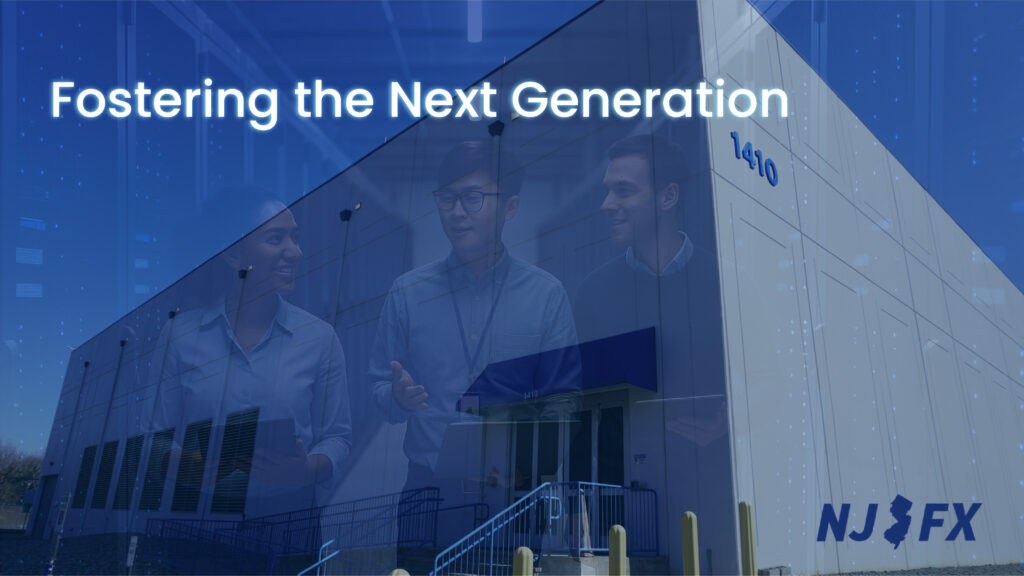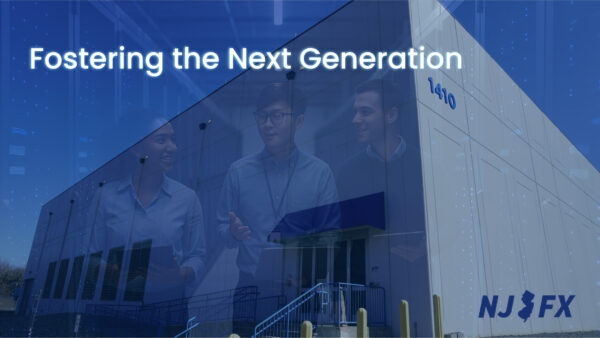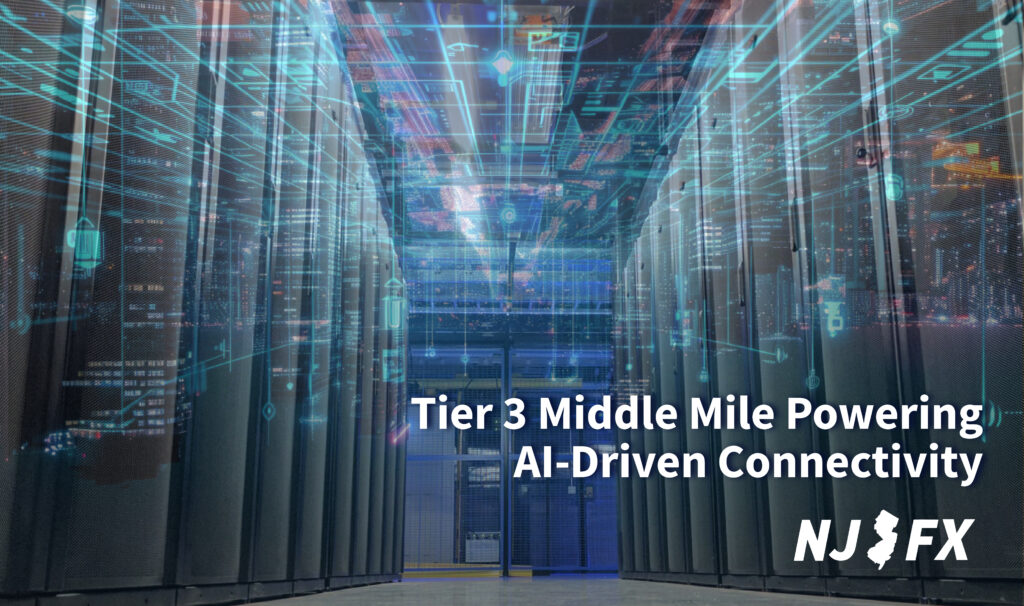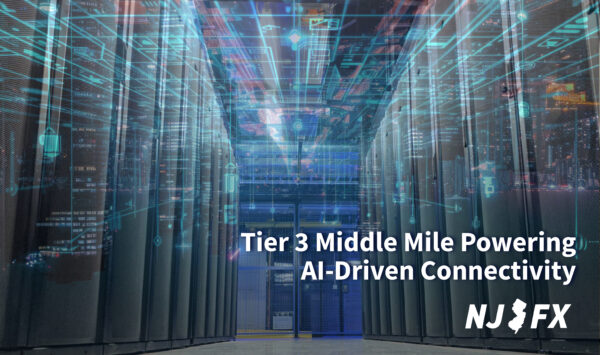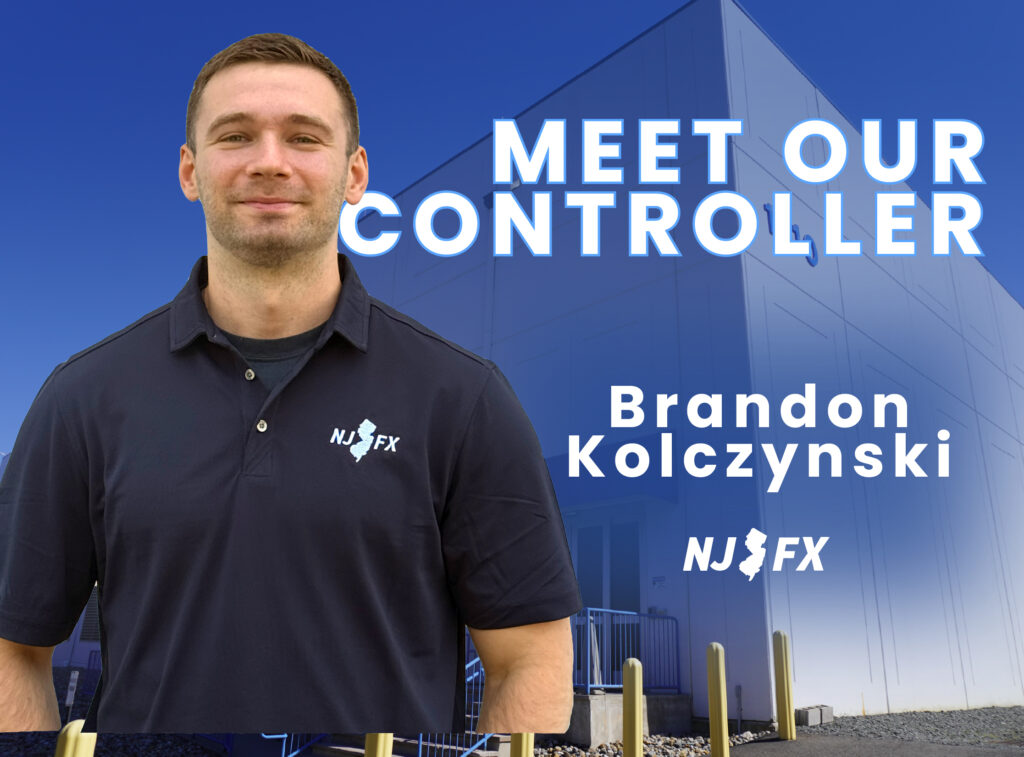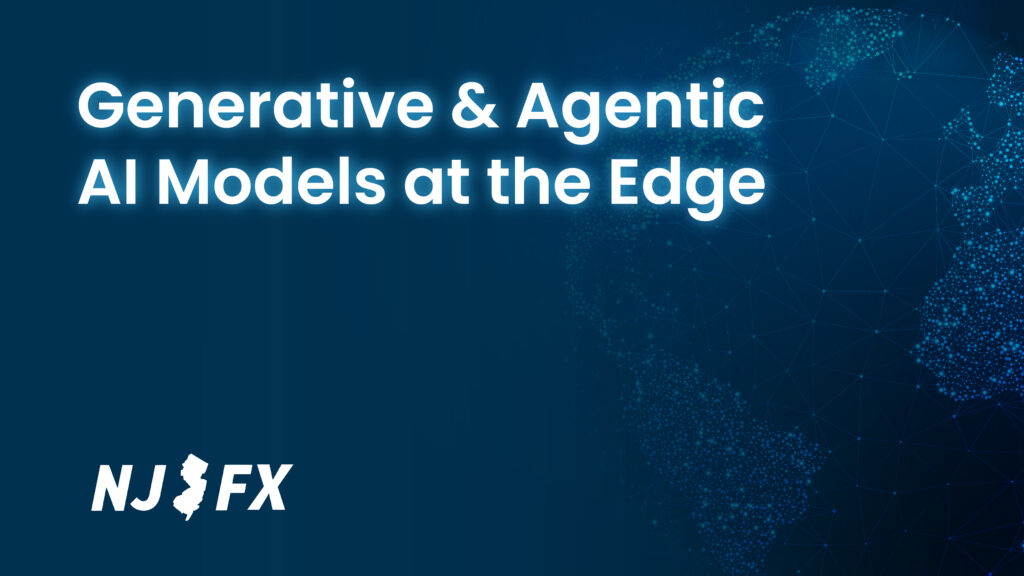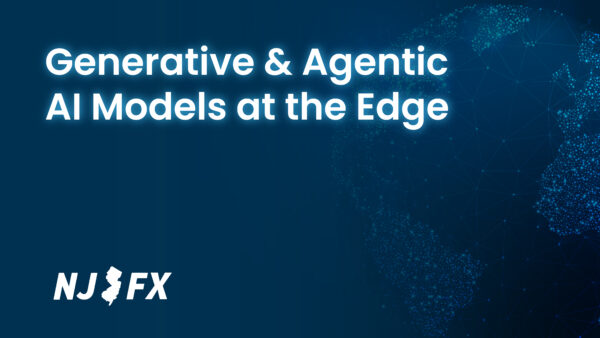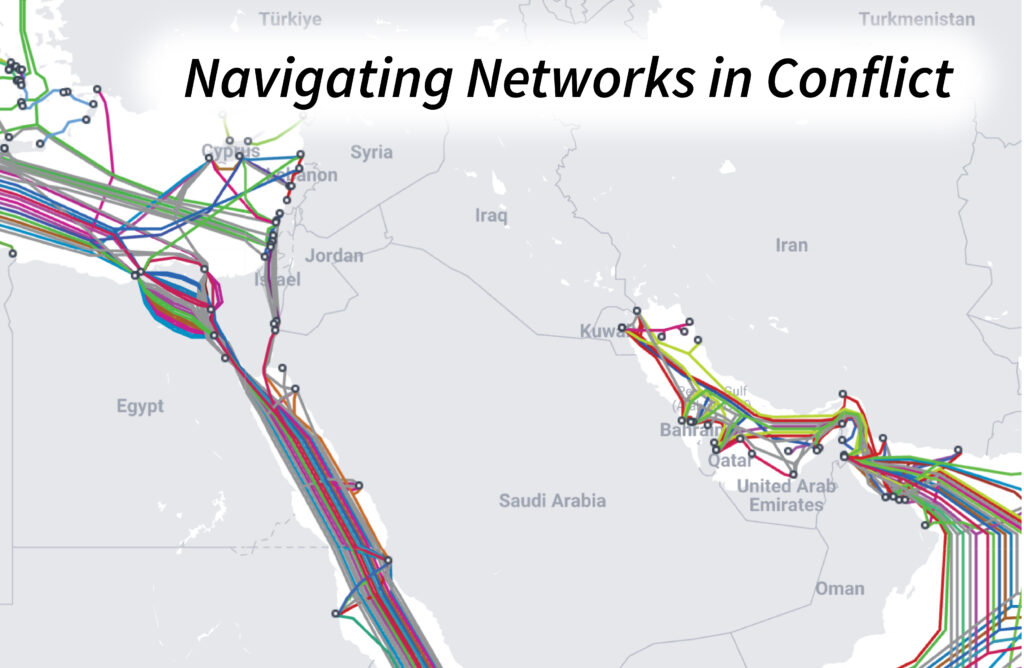At NJFX, we’ve always believed that building a stronger telecommunications industry means investing in the people who will carry it forward. For the past nine years, nurturing the next generation has been part of our mission by providing students and young professionals the chance to gain real-world experience in operations, security, sales, and marketing.
We have had the privilege of mentoring 10 exceptional interns who have gone on to flourish in their careers. Each has taken the knowledge and opportunities gained at NJFX and applied them to exciting new chapters in the IT, telecom, and enterprise space.
Today, on International Interns Day, we proudly celebrate their journeys:
Sales & Business Development
JP Merkler – Interned under Felix Seda, focusing on sales and business development strategies → Now at Goldman Sachs
Sarah Kurtz – Also a sales/BD intern under Felix, later hired full-time at NJFX as Business Development & Marketing Associate, and eventually became a mentor → Now at Cloudflare
Amanda Kadunce – Mentored by Sarah Kurtz during her internship in sales/BD → Now at QTS
Site Access, Security & Compliance
Spencer Nowak – Focused on accounting and security while helping develop compliance assessment tools with our Site Access team → Currently completing his degree and interning at Orangewood Partners
Tiffany Antonelli – Worked on site security and developed tools to help ensure our facility met high government compliance standards → Now an Intelligence Analyst with the NJ State Police
Michael Beekman – Participated in site and compliance support, with a focus on investigative practices → Now a Senior Anti-Money Laundering Investigator at Standard Chartered
Engineering & Operations
Olivia Braunstien – Served as an engineering intern and later found her passion in brand and technical marketing → Now Marketing Manager at BD
Dylan Braunstien – Operations intern who gained exposure to data center processes and customer handling → Currently interning at Fiserv
Marketing & Strategy
Taylor Khan – Supported by Emily Newman during her marketing internship, worked on digital campaigns and event planning → Now part of Verizon’s professional development program
Alex Sokol – A high school student who interned at NJFX to explore both marketing and operations. He learned firsthand the intricacies of managing a premier interconnection hub → Continuing studies, with a deepened passion for digital infrastructure
Why NJFX Supports Internships and the Next Generation
Beyond our own program, NJFX has worked to extend this mission to the broader telecom community. Eight years ago, we helped launch the Millennials in Telecom initiative at PTC, recognizing that the industry needed to create more intentional opportunities for young professionals to break in, be heard, and find their place.
What started as an informal gathering has since evolved into the PTC Beyond Committee, an official initiative that gives students and early-career professionals free access to the Pacific Telecommunications Council’s annual conference in Honolulu. This platform allows emerging leaders to meet with senior executives, ask questions, explore cutting-edge topics, and build connections that can shape their futures.
For NJFX, the motivation has always been clear: today’s interns are tomorrow’s innovators, network architects, cybersecurity experts, and decision-makers. By creating a hands-on, meaningful internship experience and amplifying that effort through broader industry platforms, we’re helping to ensure that the future of telecommunications is not only technically strong but also diverse, inclusive, and future-ready.
As we celebrate National Interns Day, we reaffirm our commitment to uplifting the next generation and continuing to be a gateway for future leaders in the world of connectivity.






